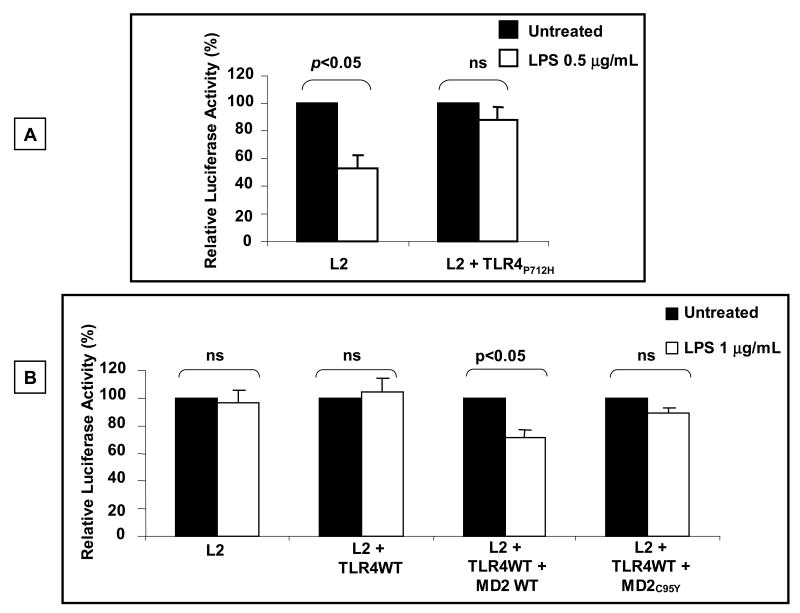Fig. 4. The effect of LPS on GHR-L2 promoter activity is mediated through TLR4-MD2 complex.
(A) Dominant negative TLR4 construct abrogates the effect of LPS on GHR-L2 promoter activity. RAW 264.7 cells were transfected with L2-promoter-luciferase reporter (pGL3-L2-2.0 kb) and pRL-TK (internal control) plasmids with or without dominant negative TLR4 (0.2 ng/well). 24 h after transfection, cells were stimulated with LPS (0.5 μg/ml) for 5-6 h and cells harvested and luciferase activity measured. Results are expressed as mean ± SEM; n = 5. p < 0.05 (Mann-Whitney U test) compared to the luciferase activity in the absence of LPS (vehicle). (B) MD2 is required for TLR-4 mediated inhibition of L2 promoter activity by LPS. HEK 293T cells were transfected with L2-promoter-luciferase reporter (pGL3-L2-2.0 kb) and pRL-TK (internal control) plasmids with or without wild type TLR4 (0.1 ng/well) and either wild type MD2 (0.1 ng/well) or mutant MD2 (MD-2C95Y; 0.1 ng/well). 48 h after transfection, cells were stimulated with LPS (1 μg/ml) for 5-6 h and cells harvested and the luciferase activity measured. Results are expressed as mean ± SEM; n = 5. p < 0.05 (Mann-Whitney U test) compared to the luciferase activity in the absence of LPS (vehicle).

